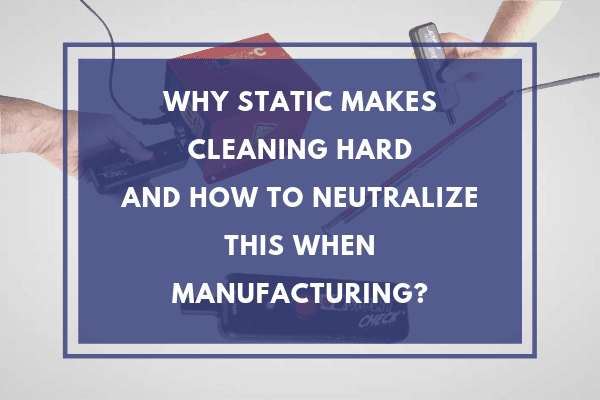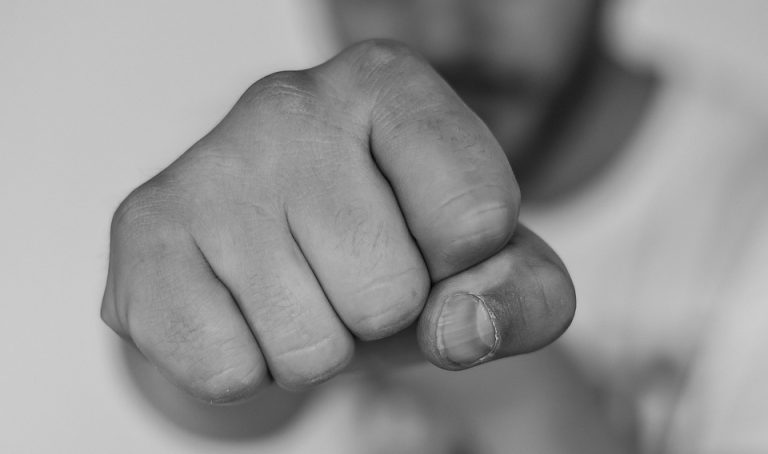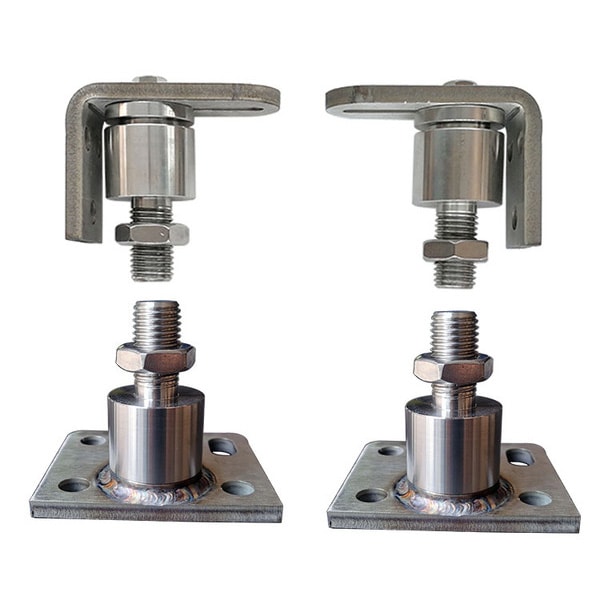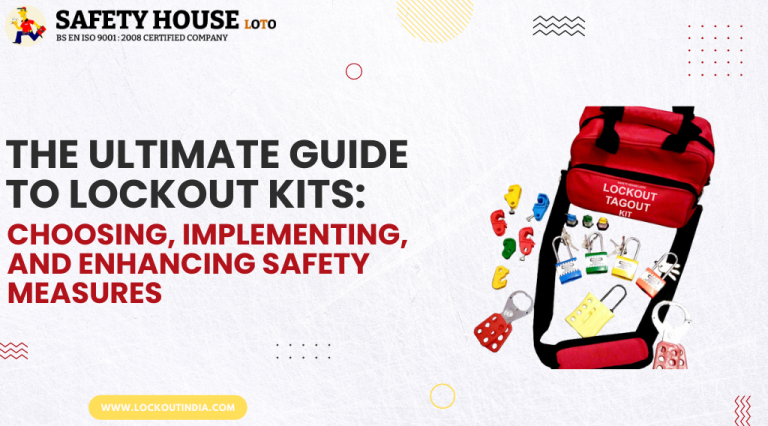How to wash your car at home like pro | Ronix Mag
Carwash guide
Have you ever noticed how different it feels to drive your car after it’s been washed? That applies both to the inside and outside of your car. Driving a clean car always brings smile to face. Specially if you love your car. You are in love with your car, right?
Although the idea of washing your car by yourself may not seem very pleasant, no real car lover goes to a carwash and leaves the car to the hands of a tired worker or machines. On the other hand, cleaning your car’s exterior by yourself can prolong the life of your car’s color, protect it, and avoid scratches while being washed.
(function(d,u,ac){var s=d.createElement(‘script’);s.type=’text/javascript’;s.src=’https://a.omappapi.com/app/js/api.min.js’;s.async=true;s.dataset.user=u;s.dataset.campaign=ac;d.getElementsByTagName(‘head’)[0].appendChild(s);})(document,168808,’e1fgfzxhmqc95n5kmlwi’);
So why not wash it at home when you can do it yourself? An hour, or less if you are fast, with the right equipment and processes can result in a shiny, lovely car. here are my recommendations to properly clean your vehicle.
Related Article : Pressure Washer Uses
DIY carwash tool
In order to wash your car, you need proper tools. Having only a bucket won’t do it. Buying a Pressure Washer tool not only keeps your car protected, but also saves you some money. My suggestion to you is Ronix RP-U130 1600W High Pressure Washer. Its very fun to work with. Washing cars, walkways, floors, walls, cars, fences or even your barbeque becomes enjoyable when you start a Ronix RP-U130 High Pressure Washer and let it take care of the rest.
The powerful high-performance 1600W universal motor is the core of your power tool pressure washer and it delivers maximum water pressure of 130Bar. For better functionality and more convenience, our RP-U130 is designed in a way to increase ergonomics and durability. The new-design, high-pressure spray gun, 2 different lances (one adjustable and the other turbo), automatic hose connector and the 5m, high-quality PVC pressure hose are just a part of this power tool’s new design features. The other most important features of this pressure washer are the “automatic total-stop system” and the “built-in thermal protector.”
Preparations
touching your car’s paint, you risk scratching it. I want to minimize the risk. Take off every single piece of jewelry before starting. Wearing a t-shirt can be good choice.
Make the chemicals and towels and the buckets and hose ready. You don’t want water to dry on the vehicle, especially if it’s hard water, and risk etching the paint.
Make two 5-gallon buckets ready, one for soapy water and one as a dirty rinse bucket with a grit guard at the bottom, so the dirt won’t make it back onto the paint.
Related Article : History of High-Pressure Washers
Wheels
It’s smart to wash the wheels first with a wheel cleaner to avoid water drying on the paint. In my experience, products from AMMO, Wizard’s, Meguiar’s and Griot’s Garage do the best job without possibly ruining wheel finishes. Using a wheel brush––I like a foam brush with a removable microfiber sleeve so I can wash the sleeve for reuse––clean both the front face of the wheel and inside the wheel’s barrel.
Make sure to clean the dirt, brake dust, and debris from the wheel brush after each wheel (or mid wheel depending on the level of dirt) in the dirty water bucket, then use the soapy water bucket to wet the wheel brush. Rinse each wheel after finishing.
Dump the water from the buckets and refill both (one just water and one soapy water) to wash the vehicle itself next.
Pre-clean
Remember, every time you touch your paint there’s a risk of scratching it as the dirt is moved. It’s essential to remove any and all large pieces of dirt and debris from the paint before touching it to minimize this risk.
Start by foaming the entire exterior of the vehicle with a foam gun or hand frother. This will allow the dirt to get wet and loosen from the surface. If the car is merely dusty or there is no running water available, use the hand frothers and hoseless wash solution as the wash itself. Skip right to the protect-and-finish step after wiping off the hoseless wash with a clean microfiber towel.
Most cars will need a full wash. I prefer using Ronix RP-U130 1600W High Pressure Washer, though with a caveat. Don’t use a 0-degree tip as that could damage the paint; I use a 40-degree nozzle for a wide spray. Rinse the foam and any loose, large dirt, pieces of debris, and or dust from the paint.
Wash
The car is now wet and all major dirt and debris is cleared from the paint. Time to wash. Using a microfiber wash mitt and extremely sudsy water from the soap bucket, clean the vehicle using a side-to-side motion, never circular motions, at the roof, then windshield, and then hood, working your way down. After each panel or half panel, depending on the panel size (roofs are large, hoods are large), put the mitt into the “dirty water bucket” with the grit guard and use your hand to agitate it to get all the remaining dirt off the mitt.
Pull the mitt from the dirty water, squeeze all the remaining water off the mitt, then dunk the mitt into the soapy, sudsy bucket to get fresh water and suds on the mitt. Repeat the side-to-side wash motion on the next panel. Wash the vehicle from top to bottom, roof to lower sides, as vehicles are dirtiest at the lower third because that’s where dirt and debris are kicked up onto the paint.
Rinse
Once the entire car, including the wheels, has been washed, it’s time for a final rinse. Using the pressure washer make sure to rinse all the soap off the vehicle top to bottom.
Dry
An easy way to dry the vehicle is to use a leaf blower to get most of the water off the paint. For those without a leaf blower, it’s best to use soft, clean microfiber towels. A large “guzzler” towel that can absorb a lot of water makes the job quick and easy. If a full detail isn’t on the to do list after the wash, I recommend spraying a quick detailer. In my experience, Wizard’s and Griot’s Garage quick detailers seem to produce satisfying results while keeping things lubricated and protected as you dry the rest of the car.
Once most of the water has been dried off the vehicle it’s time to remove the hidden water. All the vehicle badging, door sills, gaskets, grilles, spoilers, and cladding retain water.
Use a hand-held blower (Pro tip: You can tell your spouse you need one of these to help dry your pet after a bath, if you happen to have a pet, to justify the expense) to blow all the hidden water from every nook, cranny, and crevice around the vehicle. You’ll be surprised how much hidden water is retained that will later drip out from its hiding spots and leave etched water spots on your paint.
At last
It’s a good idea to give the exterior––and interior––glass its own dedicated cleaning to ensure a crystal clear, streak-free view. Use a clean microfiber towel (or high-end paper towel in a pinch, the cheap stuff leaves behind lint) with an ammonia-free glass cleaner such as Sprayaway Glass Cleaner or Stoner Glass Cleaner.
How often your vehicle needs to be washed will vary depending on factors such as location, weather, and lifestyle, but a bi-weekly or monthly cleaning will keep your car clean and protected.
Now, go clean your car and make it lovely.

Ronix
2 November 2020




